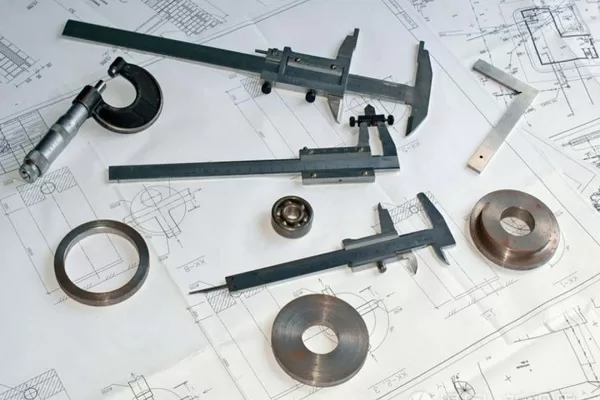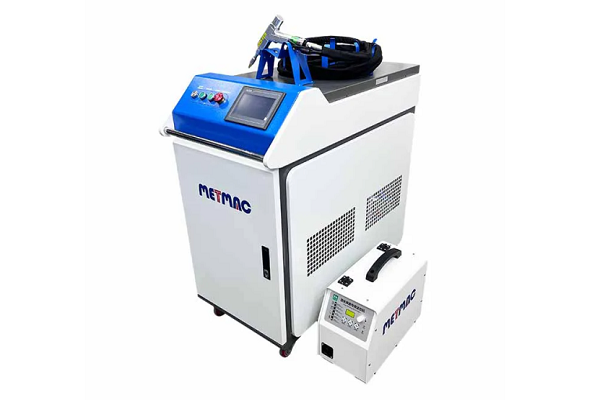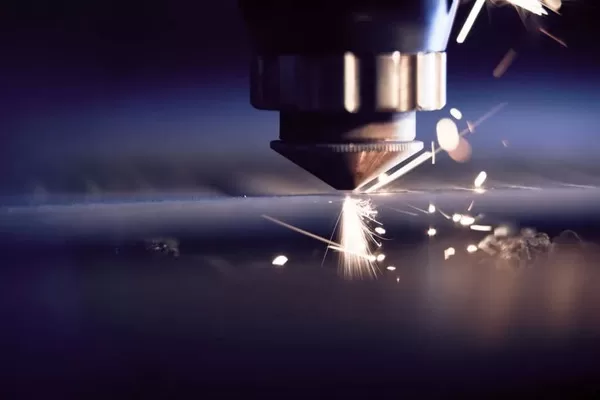
Understanding Different Configurations and Sizes of Ventilation Duct Machines
- By:Metmac
- 2024-09-11
- 74
Introduction:
In the realm of building maintenance and environmental control, ventilation duct machines play a crucial role in ensuring the seamless flow of fresh air and removal of contaminants. These intricate systems often lie hidden behind walls and ceilings, yet their configurations and sizes profoundly impact the overall performance of any ventilation system.
Types of Configurations:
– Straight Duct: The most straightforward type, comprised of a single continuous duct that connects the air supply source to the designated outlet.
– L-Shaped Duct: Utilizes a 90-degree bend to navigate obstacles or bypass architectural features.
– T-Shaped Duct: Features a perpendicular branch connecting to the main duct, distributing air to multiple rooms or zones.
– Y-Shaped Duct: Similar to a T-shaped duct, but with two branches emerging from the main duct.
– Circular Duct: A round-shaped duct designed for optimal airflow and reduced noise levels.
Sizing Considerations:
Determining the appropriate size of a ventilation duct machine is critical to ensure efficient air movement. Factors to consider include:
– Airflow Rate: The volume of air required to be delivered or extracted per unit of time.
– Duct Diameter: Measured in inches or millimeters, it directly affects the airflow capacity.
– Air Velocity: The speed at which air flows through the duct, which must be within acceptable limits to prevent excessive noise or pressure drop.
– Pressure Drop: The reduction in air pressure as it traverses the duct network, influenced by duct size and configuration.
Selection and Optimization:
Choosing the right configuration and size for a ventilation duct machine is essential. Engineers and HVAC professionals consider various factors, including:
– Building Layout: The location of air supply and exhaust points, obstacles, and the desired airflow distribution.
– Air Quality Requirements: The type and volume of contaminants to be removed or diluted.
– Energy Efficiency: Optimizing duct size and configuration to reduce pressure drop and minimize energy consumption.
– Maintenance and Accessibility: Ensuring adequate clearance for maintenance and cleaning.
:
Understanding different configurations and sizes of ventilation duct machines is vital for designing and maintaining efficient and effective ventilation systems. By carefully considering factors such as airflow rate, duct diameter, and building layout, engineers can select the most suitable machines to ensure optimal air quality and occupant comfort in indoor spaces.
-
The Advantages of Using a Sheet Roll Forming Machine in Manufacturing
2024/09/14 -
How to Optimize Your Laser Sheet Cutting Machine for Maximum Performance
2024/09/12 -
How to Maximize Efficiency with Modern Sheet Metal Working Machines
2024/09/04 -
The Environmental Benefits of Using Duct Board Grooving Machines
2024/09/03
-
A Guide to the Latest Innovations in Sheet Metal Folding Machines
2024/11/29 -
Key Features to Consider When Investing in a Sheet Metal Folding Machine
2024/11/28 -
Enhancing Precision with Advanced Sheet Metal Folding Machines
2024/11/27 -
How to Choose the Right Sheet Metal Folding Machine for Your Workshop
2024/11/26



